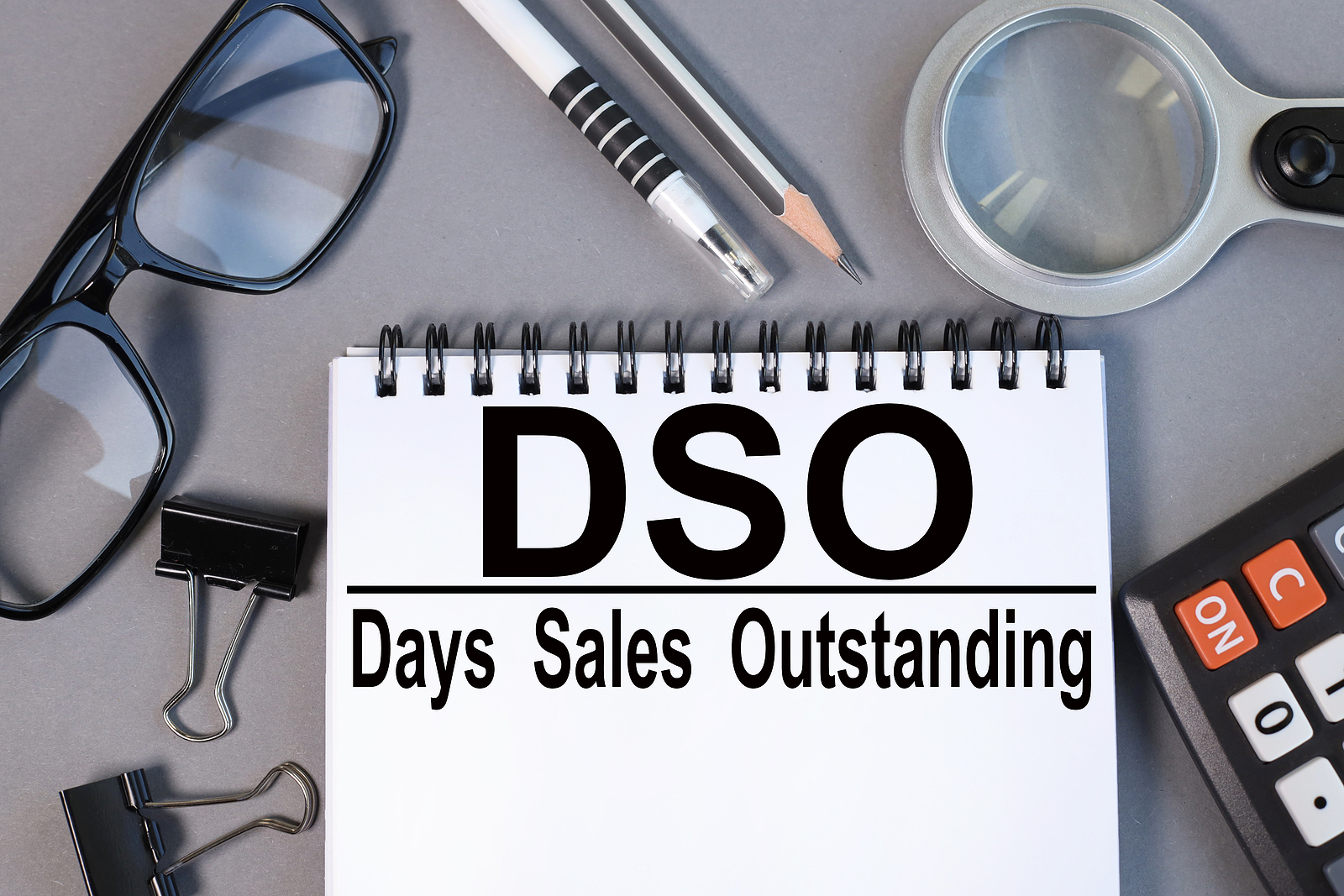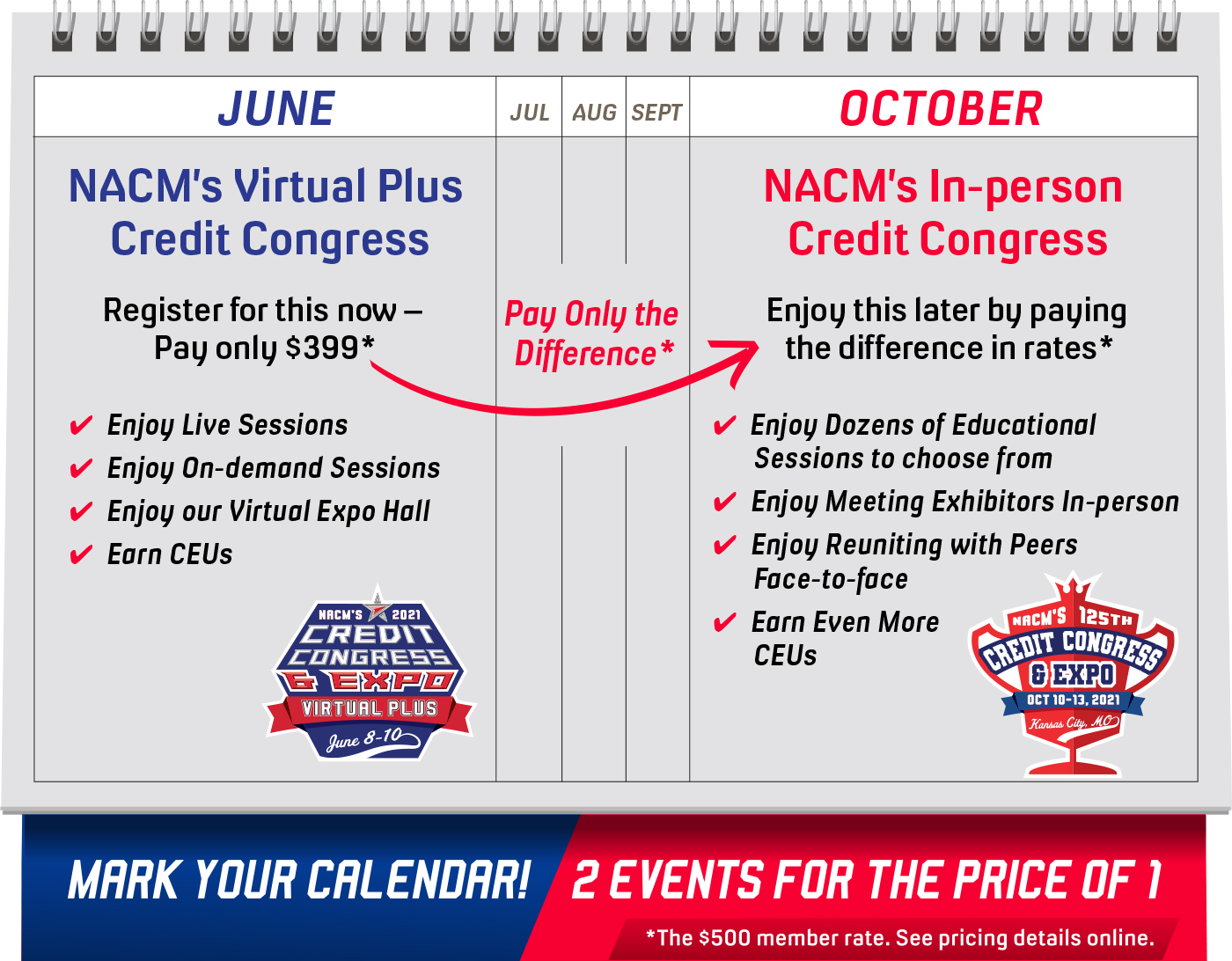eNews April 29
|
In the News
April 29, 2021
Nike Bombarded with Liens Totaling Over $100 Million
Bryan Mason, editorial associate
A heap of liens is stacking up against Nike and its general contractor following the construction of its monstrous campus expansion near Beaverton, OR. As it stands, about $110 million worth of liens, across several construction companies, have been filed against the corporate powerhouse.
Topping this list is Hoffman Construction, which claims Nike still owes the firm $48 million from its original $433 million contract, according to The Oregonian. However, documents show that Nike has paid $410 million of that contract.
Other companies involved in the numerous lien filings since the beginning of 2021, per The Oregonian, include:
- Performance Contracting - $13.4 million
- Dynalectric - $13.2 million
- Culver Glass - $7.7 million
- Skylab Architecture - $7.1 million
- Siemens - $4.2 million
- Western States Fire Protection Co. - $1.78 million
According to news reports, Nike has declined to address the validity of these lien claims despite the lawsuits that may result from them. In a statement, the firm said:
“A project of this size and scope involves complexity. We are committed to seeing through the successful completion of our expansion. But as we have done throughout this project, we will refrain from sharing details related to costs and contracts.”
Based on information from NACM STS’s Lien Navigator, to have lien rights in Oregon on private construction projects such as this one, subcontractors and material suppliers must serve a first notice within eight business days of first furnishing to the owner. Otherwise, they forfeit their rights to file a lien.
Although not required, also sending the lender a notice would give suppliers super lien priority, meaning a lien for material would have priority over prior recorded mortgages. To be valid, the person furnishing the materials must deliver notice—no later than eight days after delivery of materials—to the mortgage holder either a copy of the notice given to the owner or notice that provides substantially the same information.
“If you only notify the owner, you’ll still have lien rights, but your lien will fall behind the bank,” said Connie Baker, director of operations for NACM STS.
When selling directly to the property owner, a sub or supplier would not have to file the first furnishing notice. “You have the right to go straight to lien,” Baker said.
The Lien Navigator advises filing a lien prior to the shorter of 75 days from last furnishing or 75 days of substantial completion of construction. “So, it could be based on a suppliers last furnishing date to the job or if you are at the end of the job within 75 days from substantial completion,” Baker explained.
Subscribers can use the Lien Navigator to research lien and bond rights in all 50 states. Companies must take proactive steps to understand their lien rights in states they do business. With projects like Nike’s expansion, construction companies must also be diligent in tracking delays and unexpected costs to avoid the possibility of absent compensation.
April Credit Managers’ Index Shows Economic Gains
Diana Mota, editor in chief
NACM’s Credit Managers’ Index for April 2021 reached a high not seen for more than 15 years. The monthly combined index for manufacturing and service sectors broke through the 60-mark with a reading of 60.6 after hovering in the high 50s for several months. The last time the combined score surpassed 60 was March 2006. However, at 62.2, April 2004 still holds the record for the CMI’s highest combined score.
“The readings have been on a fairly steady climb since the early days of the pandemic last March and April,” said NACM Economist Chris Kuehl, Ph.D. “Movement in sub-categories have been equally impressive. There doesn’t seem to be a problem with getting paid in many sectors these days. Not only are companies paying what they owe, they are doing it on time. This marks the sixth-straight month without readings falling into the 40s. That is nearly unprecedented as far as the CMI history is concerned.”
At 68.2, the Index of Favorable Factors fell short of the 69.7 high noted in January. The index has held above 60 since June 2020, when it totaled 55.3 as it left three consecutive months of contraction. Month on month, three of the four subcategories registered gains. The Index of Unfavorable Factors reached 55.6—its highest since July 2004 (56.7), and each of its six subcategories also gained month on month.
“For the most part, the past 12 months have been very positive for favorable categories,” Kuehl said. “These are all impressive numbers and reflect the overall gains in the economy noted thus far this year. Today’s economic growth has been about as unexpected as last year’s collapse. Just last year, these readings tallied in the 30s and 40s.”
For a complete breakdown of the manufacturing and service sector data and graphics, view the April 2021 report. CMI archives may also be viewed on NACM’s website.
DSO Has Its Merits, But Not for Collections Performance
Bryan Mason, editorial associate
Days sales outstanding (DSO) remains a long-standing benchmark for C-Suite members for measuring receivables performance. Even so, many credit professionals believe better and more accurate ways to measure collection performance exist.
DSO has erroneously been translated into how well credit teams manage accounts receivables (AR), said Val Venable, CCE, ICCE, FCIB’s International Credit & Risk Management course instructor.
“The C-Suite continues to use DSO because they are familiar with it,” Venable said. “It is a metric used by many as a means of measuring the efficiency in which a company turns sales into cash. And DSO does that, but it has been misunderstood to mean a measure of effectiveness of the credit and collections operations.”
A number of factors can influence DSO: fluctuations in sales, a disproportionate mix of terms and seasonal sales, Venable said “The only time DSO correlates to receivables performance is if sales levels are steady and all sales are made with exactly the same payment terms.”
Depending on the formula used to measure DSO, shifts in terms may not be evident for a few months, which could result in unnoticed “terms creep,” she added. For example, if a company begins extending terms, a DSO calculation won’t pick up the change the first month or so.
“All of the new longer-term sales will still be in the current bucket, aligned with current month sales,” Venable explained. “Use of an average DSO or even sales weighted DSO won’t immediately identify the shift in terms.” However, she added, one DSO calculation that will pick up the shift sooner is to track the terms granted by each individual invoice. “This may be an overly burdensome task for companies with portfolios consisting of thousands of open invoices with a wide multitude of payment terms,” Venable said.
It is more important for credit professionals to use metrics such as average days delinquent or other past-due measures to indicate how well their credit team turns receivables into cash, Venable said. These types of metrics provide an indicator of how well the credit team enforces payment terms and on-time collections.
Venable isn’t suggesting doing away with DSO. The formula serves as a way to measure how long sales sit on the books as accounts receivables until they are turned into cash. However, the metric only serves as an indicator of the average payment term and does not quantify whether invoices are current or past due, she added.
A more effective strategy for measuring AR management may involve combining multiple measurements, including DSO, to formulate a clearer picture of how well your credit team is performing.
“Including average days delinquent and dollars past due as well provides an indication of how well receivables are being collected in relation to the given terms,” Venable said. “By combining these three measures, it sends a message to the C-suite that these are the average selling terms we are giving and this is how well we are doing at enforcing those terms by collection on or near the due date.”
Chris Doxey, CAPP, CCSA, CICA, CPC and president of Doxey, Inc., agrees. The result of ADD calculations should be compared with DSO. “This will help create a more complete picture of both calculations and what they mean for your company’s finances and collections processes,” Doxey said. “CFOs usually take a ‘scorecard’ approach to measuring financial operations, but one should have the ability to drill down to the details when needed.”
Venable acknowledges there is a disconnect if senior management measures the performance of the credit team solely on DSO. “However, by providing the metrics indicating how well the credit team is doing at turning that investment in receivables into cash, through use of ADD and other past due measures, it provides the C-suite with the means of measuring both, terms extension and terms enforcement.”
DSO isn’t going away, Venable reiterated. “It is a measure of how efficient the business is about managing working capital by extending terms, but it isn’t a good indicator of how efficient the credit team is at enforcing, or collecting, those terms. Both are needed measures to help keep the business on course; and one isn’t necessarily more valuable than the other, but it is up to the credit professionals to make sure their business is using these metrics for the intended purpose.”
There’s an abundance of metrics that measure collection efforts, so credit professionals must research the most efficient way to track their team as all teams are different. To read more about the differences in measuring team performance between company leadership and team managers, check out last week’s eNews.
Four Roadblocks to Overcome for Effective Leadership Influence
Joel Garfinkle, Garfinkle Executive Coaching
Great leaders are almost always great simplifiers who can cut through argument, debate, and doubt to offer a solution everybody can understand.” -Colin Powell
Maura wants to expand her influence in her company, but she’s realizing some major barriers have existed there for years. “Maybe I should just find a new job in a company with a different culture,” she said to a trusted colleague over coffee. “I think you should stick it out,” said her colleague. “In any organization, you’re going to run into challenges to expanding your leadership influence. Effective leaders strive to pinpoint and overcome these challenges, her colleague added. Sometimes they eliminate an issue; other times, they learn to work with it. Here are four roadblocks to overcome for effective leadership influence.
The company needs a shared vision.
The vision is where it all begins. If all employees in your organization don’t share a strong vision, they’re not really clear on what they’re working toward together. That affects their clarity on roles and their individual and department goals and objectives, as well as overall morale. If you’re trying to expand your influence in a workplace that has no clear shared vision, motivating people will prove challenging. Plus, your ability to win the respect and approval of executives will be compromised if you don’t know what they envision the organization becoming. The solution: Talk with executives about the company’s strategy and vision, so you can understand it, speak to it, and communicate it to other members of the organization. Then set goals with your people that reflect this vision.
Dysfunctional office politics dominate company culture.
Unhealthy relationships and communication barriers make it harder to gain influence. If you’re trying to build a rapport with high-level execs, but many of them don’t get along, it may be hard to make connections with them. If managers play favorites, or favor certain types of projects just because they happen to like them more, you might have trouble making your ideas heard. However, you can still make yourself an indispensable part of the team, working to bring innovative solutions to the table to solve the big problems. You should also cultivate a team of allies who are influential players in the organization, and work to build positive relationships with everyone else. The effectiveness of your leadership, and thus, your influence, will grow when you have a strong rapport with everyone.
Roles and responsibilities are unclear.
It’s hard to build influence and be an impactful leader if you’re not quite sure what you’re doing. First and foremost, you need to have clarity in your own role in the organization—and your boss needs to be on the same page. Talk with your boss to make sure you both agree on your role and responsibilities. If you have questions about the roles and responsibilities of others, bring this up with your boss as well. If you speak with higher level executives, point out the need for increased clarity about roles and responsibilities. Ask questions about roles during meetings to clarify what each person on the team will do. Reaching out to people in other departments to ask them what they view as their role may also give you clarity. Plus, if it reveals any discrepancy between your boss’s view and their own, you can ask your boss or an exec to help iron out the issue.
Workflow processes are undefined.
For various departments to successfully work together toward an end goal, you need a clear work schedule. Your timeline needs to show when each step needs to be accomplished, and how the project needs to be moved forward after each step. The whole team needs clarity about who relies on whom, when, and why. All team members will feel more driven when they understand exactly what the team needs them to do, and when. Without this information, the project is likely to flounder. That means you should never assume that people have clarity on the workflow process—you should spell out every step, create notes or a flow chart detailing it, and make sure everyone has a copy for future reference.
Maura found that asking questions about important issues like roles and vision demonstrated her leadership potential by showing she was thinking about the big picture. Strengthening the workflow processes of the team she managed boosted her track record as a leader. Like Maura, don’t be afraid to question the way things are—you might be the first who has had the courage to do it. Your leadership effectiveness and influence will grow as you work to strengthen people’s understanding of how the organization functions and what it’s working toward.
Joel Garfinkle works with companies throughout the U.S. and around the world as an executive coach and is a subject matter expert on leadership development.
|
Upcoming Webinars |
|
May 4 |
Credit Management Automation Insight: Dashboards
Speaker: Leonel Torrejon, CICP, ICCE |
| Alternatives to Bankruptcy: What Trade Creditors Need to Know Speakers: Bruce Nathan, Esq. and Michael Papandrea, Esq. |
May 5 |
|
May 10 |
Idaho, Residential vs. Commercial Construction is a BIG DEAL Speaker: Chris Ring, NACM Secured Transaction Services |










